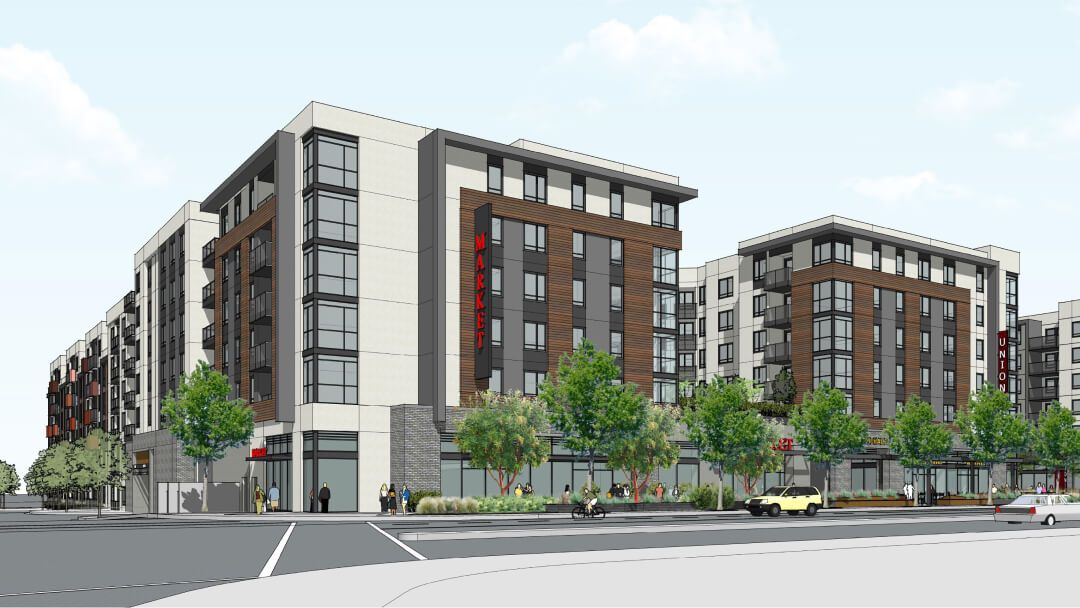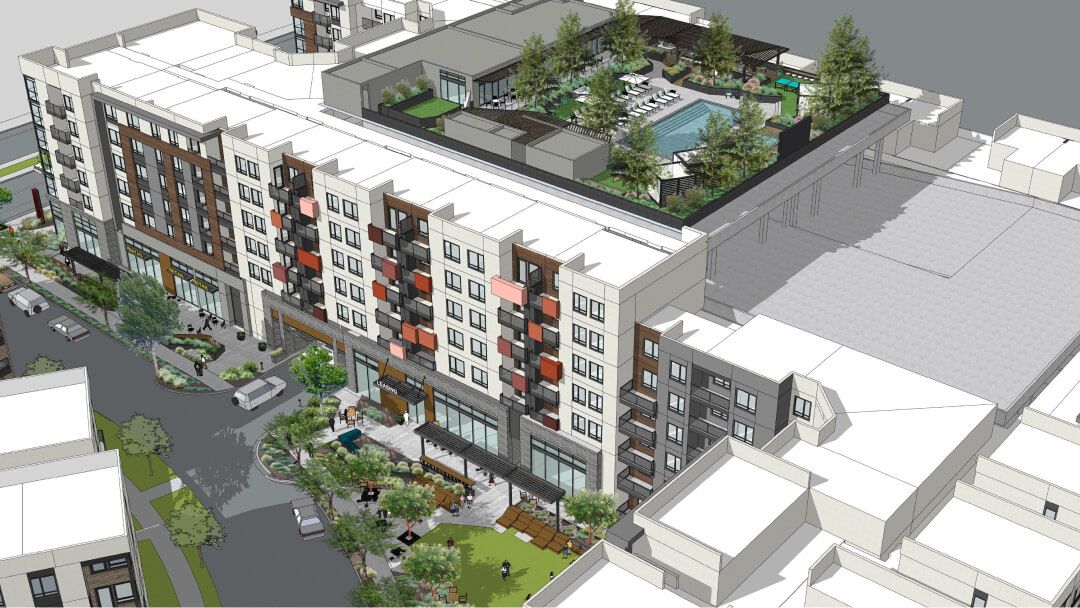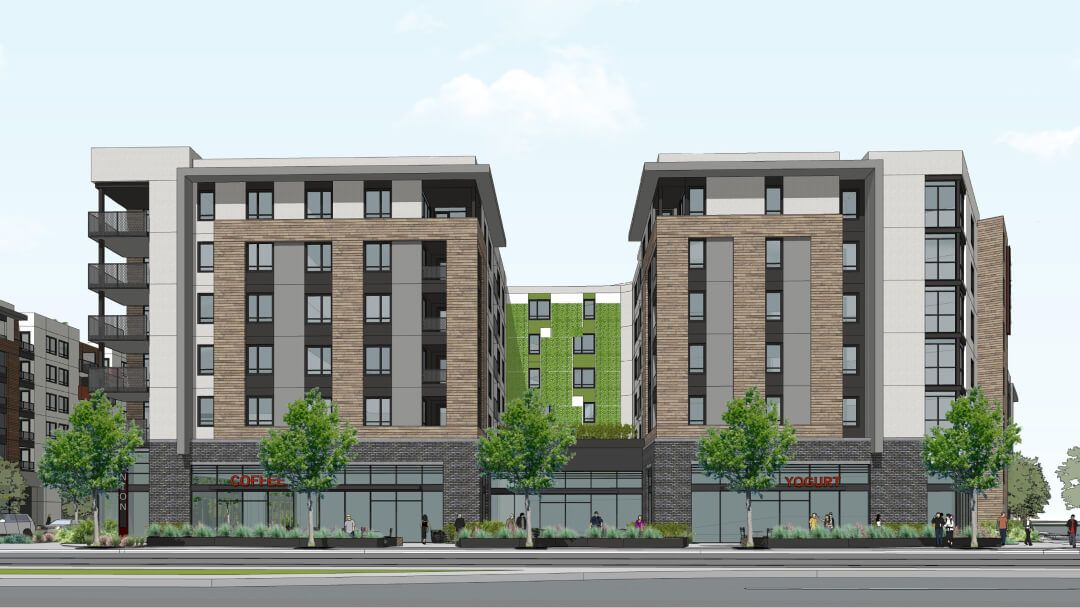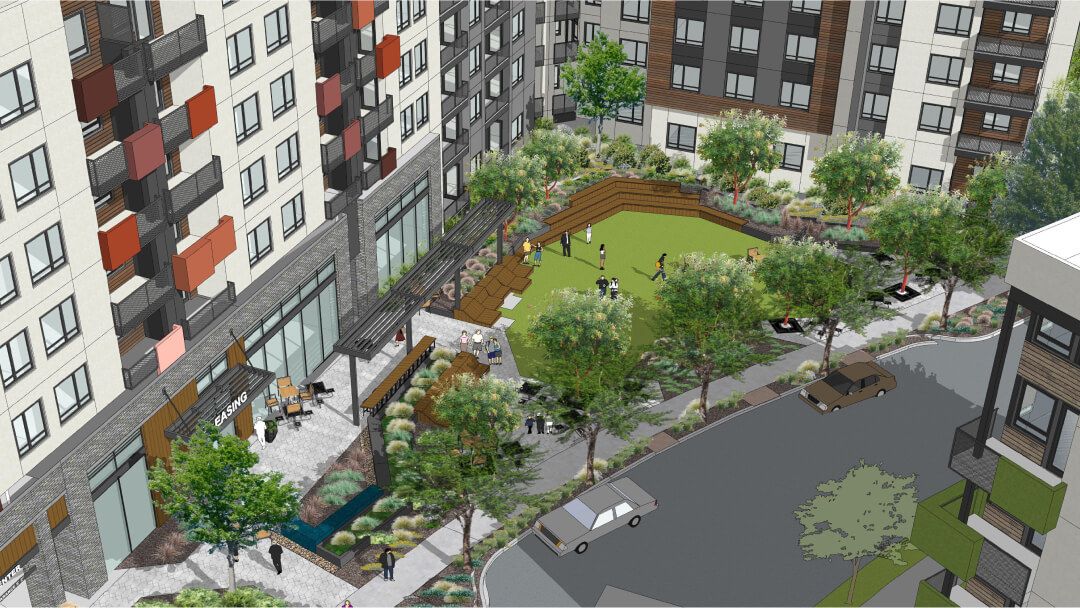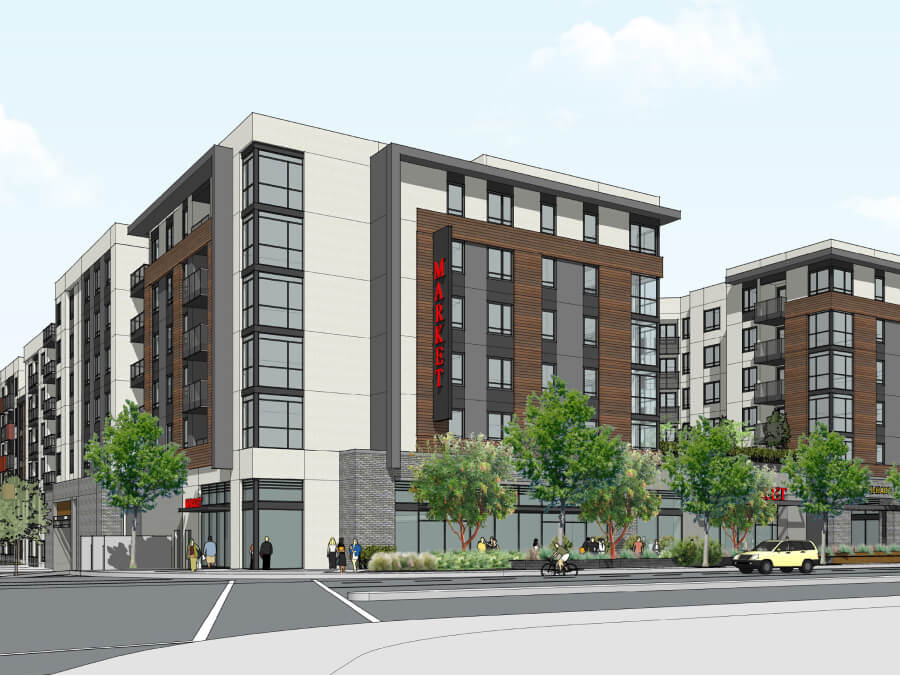As part of an increased focus on Opportunistic Credit, we’ve invested roughly $20.6 million to provide financing in the form of a senior bridge loan to Integral Communities, a high-quality repeat borrower. Integral Communities will use the proceeds to refinance existing debt and cover final project costs associated with securing all the remaining permits necessary to begin the buildout of their Union Station Phase III development, which includes over 500 apartments spread across three modern buildings along with dog parks, trails, and new retail options.
This development will be located on a 470,000 square feet parcel of land in Union City, approximately thirty-five minutes northwest of San Jose. We believe that because of the current macroeconomic conditions and dislocations in the credit markets, we are able to deliver higher risk-adjusted returns than were previously available.
In this instance, under the terms of the investment agreement, the borrower has agreed to pay us a 15%1 fixed annual rate paid current on a monthly basis through maturity. Additionally, subject to meeting all extension requirements under the loan, the borrower has the option to one-six month extension.
Strategy

Fixed Income
Provide real estate backed loans or similar structured financing
- Risk-return profile: Low to moderate
- Expected timing / delay of returns: Typically immediately after acquisition
- Expected source of returns: Interest income
Note that this section is intended to provide a general overview of the Fixed Income strategy for educational purposes only, and is not meant to be representative of the specific details of any individual investment. All investments involve risk and there are no guarantees of any returns.
Business plan
Our loan will be used to refinance existing debt and cover final project costs associated with securing all the remaining permits necessary to begin the build-out of their Union Station Phase III development, which the borrower, Integral Communities, expects will take roughly sixteen months to complete. The borrower has been steadily working through the entitlement and permitting process over the past two years and expects to secure all final permits within the next 12-16 months. Upon securing final approvals, the borrower intends to either sell the property or form a joint venture with a large national homebuilder.
Under the investment terms, our senior bridge loan will receive priority ahead of the common equity (i.e., the borrower's equity), in regards to any distributions, profits, or payback. By structuring this investment (and most of our other investments in pre-construction) like debt, we aim to mitigate risk to our investors’ principal and negate the impact of delays on performance.
Our approximately $20.6 million investment represents our full commitment to the project. At closing, the sponsor drew down the full amount, and the borrower has agreed to pay us a 15%1 fixed annual rate paid current on a monthly basis through maturity. To increase our margin of safety, the sponsor signed as a guarantor for the senior bridge loan and provided standard carve-out provisions and guarantees. The sponsor also invested an amount of equity representing approximately 17% of the total expected predevelopment costs, which is junior to our position. That means they would lose their entire investment before our principal would be threatened.
We view this investment as a unique opportunity, given our pre-existing relationship with the borrower and familiarity with the asset, to invest at a very attractive return on an asset that has significantly appreciated in value since its initial acquisition in 2019. Over the past several years, the borrower has dramatically exceeded the initial plans of 253 apartments, nearly doubling the value of our collateral. As part of the closing, the property received a new third-party appraisal which resulted in an effective 52.4% LTV of the bridge loan based on the new higher value. (Important to note that while appraisals are usual data points, there can be no assurances that such valuation reflects the actual value that would be achieved in an arms-length sale). Additionally, the investment has an LTC (loan-to-cost ratio) of 83.5%, meaning that the “last dollar of the loan” or total loan amount is equal to roughly 83.5% of the total cost of the project.
At the same time we placed this investment, a prior $16 million loan provided by the Fundrise Income Fund for the same development completed, delivering a roughly 9% annualized rate of return over the holding period.
This investment was made by two Fundrise sponsored funds: the Fundrise Income Fund, which invested roughly $4.12 million, and the Fundrise Opportunistic Credit Fund, which invested roughly $16.48 million.
Dislocation in credit market creates opportunity
As we referenced most recently in our Private Credit Investment Strategy update and in our podcast entitled “The Great Deleveraging”, we believe the current macroeconomic environment has created a temporary period of market dislocation and, as a result, there exists a window of opportunity, specifically in the credit and lending markets, to achieve outsized returns relative to actual risk.
Consequently, we are seeing attractive opportunities to invest in high-quality assets or developments that are in the midst of value-enhancing activities — such as construction, renovations, or lease-up — before they reach stabilization and are ready for long-term fixed-rate debt or a sale. We believe that these opportunities can deliver a highly attractive risk-adjusted return by focusing on creditworthy borrowers.
While we often gravitate towards senior loans or preferred equity investment structures, given our preference for the risk-return profile, we believe the current dynamics are even more favorable for such a structure, and we expect to see lower relative loan-to-value/loan-to-cost (i.e., risk) paired with higher effective returns. This can be seen in the senior bridge loan return achieved in this investment of 15% vs. pricing for similar investments just 12-24 months ago, often in the range of only 9.5-11.0%.
Why we invested
-
Prime location: The development is conveniently located in the heart of Northern California’s Bay Area, thirty-five minutes northwest of downtown San Jose, the tenth largest city in the country and the world’s largest concentration of technology expertise.
-
Healthy local economy: In 2022, the Bay Area was ranked as the third fastest-growing regional economy in the country, producing 4.8% GDP growth, a much faster rate than the U.S. national GDP, which grew by 2.1%, according to the latest report published by the Kenan Institute. The Bay Area continues to draw some of the finest professional talents in the world, due to its diverse economy, driven by its global leadership in tech development, software, social media, digital media, science research, and higher education institutions.
-
Attractive margin of safety: We had a pre-existing relationship with Integral Communities and were familiar with the project, which helped us evaluate the investment opportunity. Additionally, Integral invested an amount of equity representing approximately 17% of the total expected costs, which is junior to our position. This means that in the event of any loss, Integral would lose their entire investment before our principal was threatened, providing us with an extra layer of security.
As always, if you have any questions or feedback, please visit our help center or reach out to us at investments@fundrise.com.
Additional Information: An investor in the Fundrise Income Real Estate Fund (the “Fund”) should consider the investment objectives, risks, and charges and expenses of the Fund carefully before investing. The Fund’s prospectus contains this and other information about the Fund and may be obtained here. Investors should read the prospectus carefully before investing.
